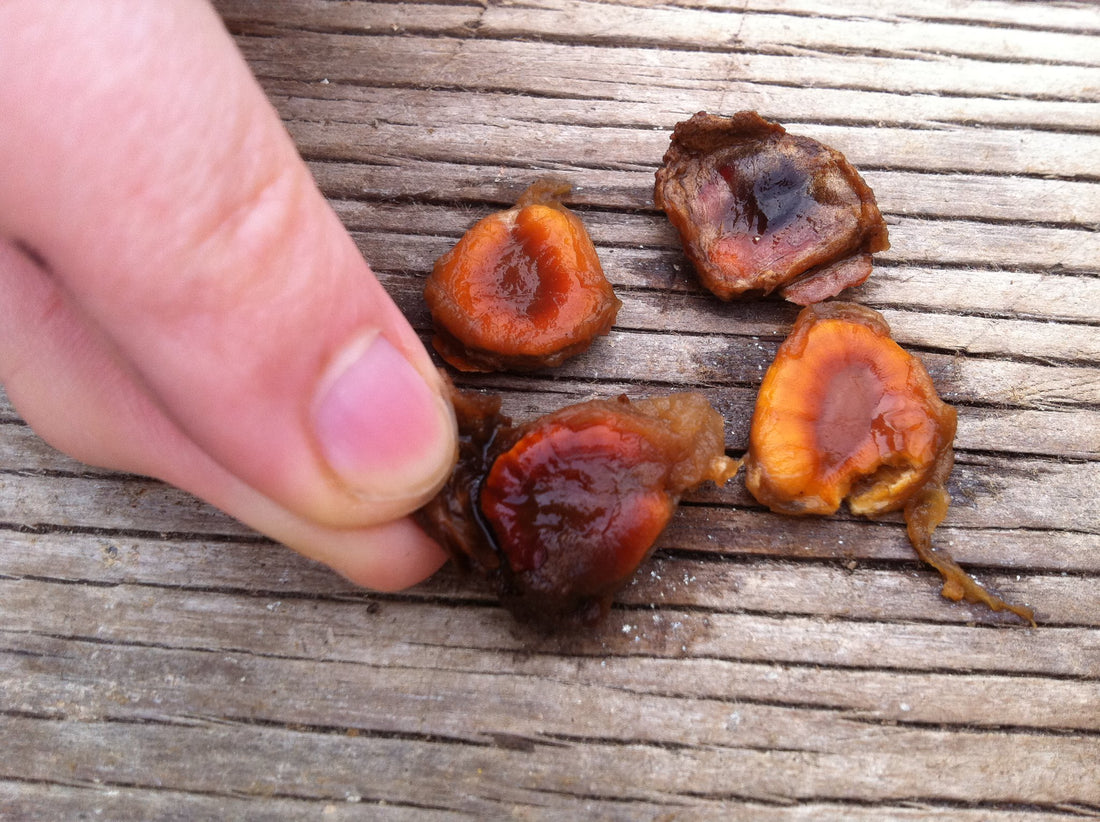Both allulose and monk fruit sweeteners are considered healthier alternatives to traditional sugar due to their low-calorie and low-carbohydrate properties. If you're focused on finding a low-calorie sweetener with a negligible impact on blood sugar, both options can be suitable.
Which is Better: Allulose Sweetener or Monk Fruit?
Both allulose and monk fruit sweeteners are popular for those seeking alternatives to traditional sugar. However, the "better" option depends on taste, sweetness, versatility, and impact on blood sugar levels.
Allulose vs. Monk Fruit: Taste
Allulose is comparable in taste to real sugar. Monk fruit, on the other hand, is described as fruity and having an aftertaste.
Allulose wins this category with a sweet taste similar to real sugar.
Allulose vs Monk Fruit: Calories
Monk fruit is calorie-free. Allulose contains 0.2-0.4 calories per gram; however, since allulose has about 70% of the sweetness of table sugar, you need more allulose to achieve the same level of sweetness as sugar.
Monk fruit wins the calorie game with fewer calories (zero calories, to be exact).
Allulose vs Monk Fruit: Carbs
When comparing the carbohydrate content of allulose and monk fruit sweeteners, both options have a minimal impact on net carbs, meaning they are low-carb.
Both allulose and monk fruit sweeteners are known for their low carbohydrate content, so there is no clear winner.
Allulose vs Monk Fruit: Sweetness
Monk fruit sweeteners are generally considered to be sweeter than allulose on a per-gram basis. This means that you might need to use a larger amount of allulose than monk fruit sweetener to achieve the same level of sweetness in your recipes.
Ultimately, monk fruit is sweeter.
Allulose vs. Monk Fruit in Baking
Allulose works better if you're aiming for a closer replication of traditional baked goods in terms of taste, texture, and browning.
Allulose is the better option for your diabetic or keto-friendly baking needs.
Allulose vs. Monk Fruit for Weight Loss
Since both products are very low in calories and will not cause a rise in blood glucose, consuming foods with allulose or monk fruit should not cause you to crave more sweet items.
Choosing a substitute for regular sugar when working to lose weight does come down to personal preference. Both sweeteners are suitable for Keto diets.
Allulose vs. Monk Fruit for Diabetics
With a glycemic index of zero, allulose will not raise blood glucose levels. For people with diabetes looking to manage blood sugar levels, allulose is a great option. But guess what? The same is true of monk fruit.
These two sugar substitutes come in at a tie as one does not seem better than the other for diabetics working to keep insulin levels under control.
What is the Main Difference Between Allulose and Monk Fruit?
Allulose is a rare sugar that naturally occurs in small quantities in some fruits, including figs and jackfruit. It can also be produced through enzymatic processes using sources like corn.
Monk fruit, also known as "luo han guo," is a small green fruit native to regions of Southeast Asia. Monk fruit sweeteners are made by extracting the sweet compounds from the monk fruit and then processing them into a concentrated sweetener.
Both allulose and monk fruit sweeteners offer unique advantages and are used for different purposes in various recipes. Your choice between the two will depend on your taste preferences, dietary goals, and the specific qualities you're looking for in a sweetener.
Are There Downsides to Allulose?
Allulose is considered safe for consumption and is recognized as safe by the U.S. Food and Drug Administration (FDA).
Consuming large amounts of allulose can potentially lead to side effects such as gastrointestinal discomfort, including bloating, gas, and diarrhea. However, it occurs very rarely.
Are there Downsides to Monk Fruit?
Just like allulose, Monk fruit sweeteners are considered safe for consumption and are recognized as safe by the U.S. Food and Drug Administration (FDA).
While most people tolerate monk fruit sweeteners well, some individuals might experience digestive discomfort, particularly if consumed in large quantities.
Ultimately, Which is Better: Allulose or Monk Fruit?
Ultimately, the "better" choice depends on your personal preferences. However, if you're looking for a natural sweetener that closely replicates the taste and texture of sugar in baking and cooking, allulose is a better option.
Because we like it so much, we decided to make our own allulose syrup to use in recipes and sweet drinks. Our 100% plant-based Keto Goods Allulose Syrup can be use used for:
-
Pancakes and Waffles: Drizzle allulose syrup over pancakes and waffles for a sweet and satisfying breakfast.
-
French Toast: Use allulose syrup as a topping for French toast or stuffed crepes.
-
Yogurt Parfaits: Add a touch of sweetness to yogurt parfaits by layering yogurt, fruits, granola, and a drizzle of allulose syrup.
-
Oatmeal: Stir allulose syrup into your morning oatmeal for a naturally sweet flavor.
-
Smoothies: Incorporate allulose syrup into smoothies to enhance sweetness without added sugars.
-
Salad Dressings: Use allulose syrup to sweeten homemade salad dressings, vinaigrettes, and marinades.
-
Coffee and Tea: Sweeten hot or cold beverages like coffee, tea.
-
Cocktails and Mocktails: Create lower-calorie cocktails and mocktails by using allulose syrup as a sweetener.
-
Marinades: Use allulose syrup as a component in marinades for proteins like chicken, pork, or tofu.
-
Stir-Fries: Add a touch of sweetness to stir-fries with a splash of allulose syrup in the sauce.
Remember that allulose syrup can be used as a 1:1 substitute for traditional sugar syrups in most recipes. However, you might need to adjust the amount based on your personal taste preferences.


